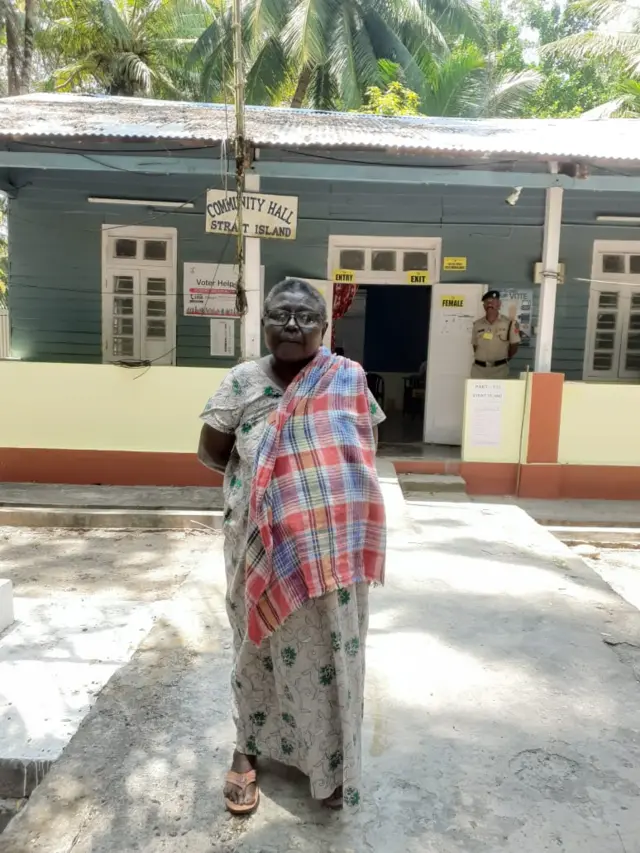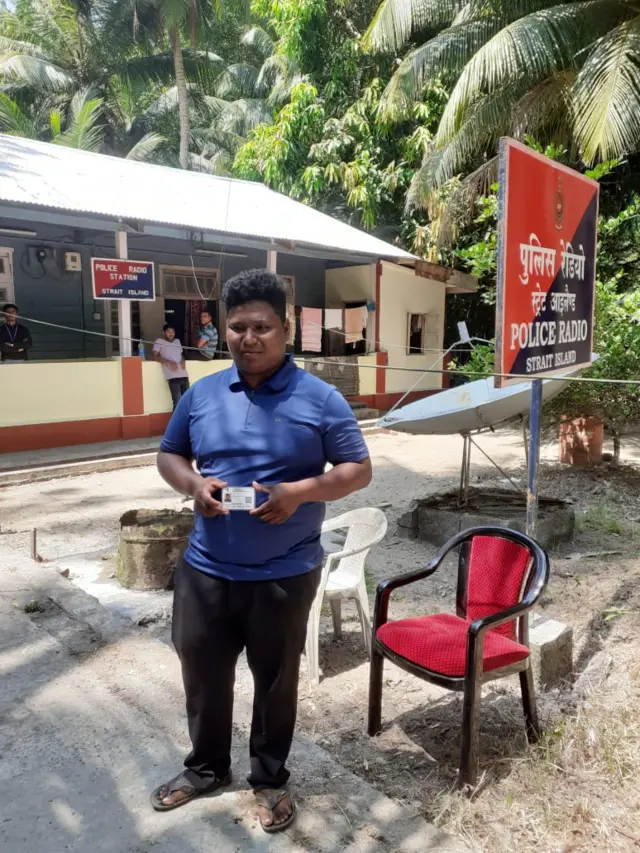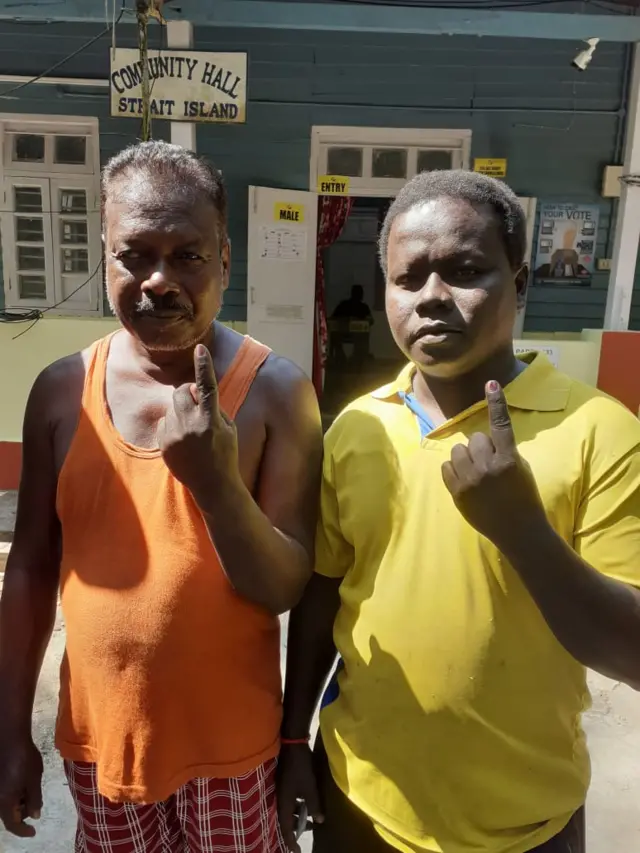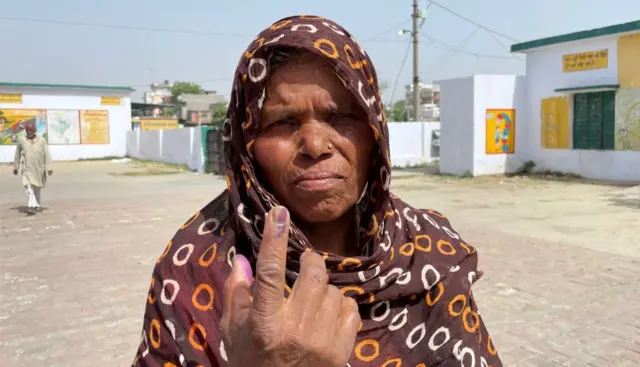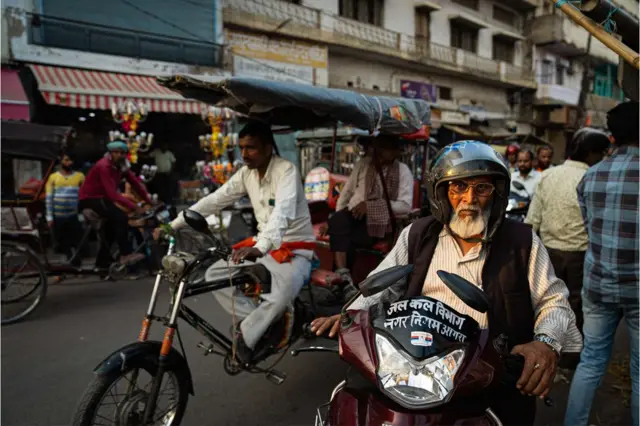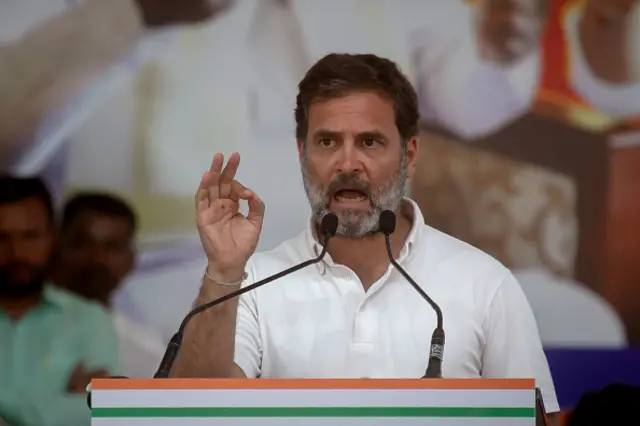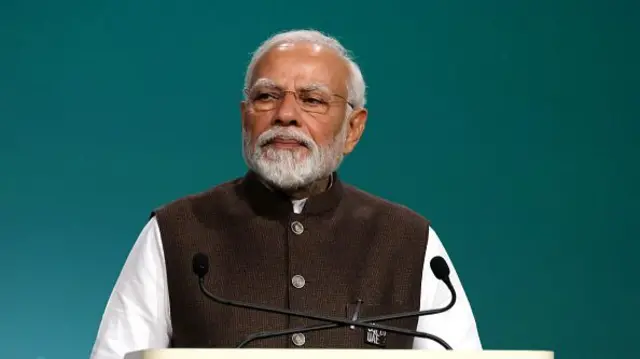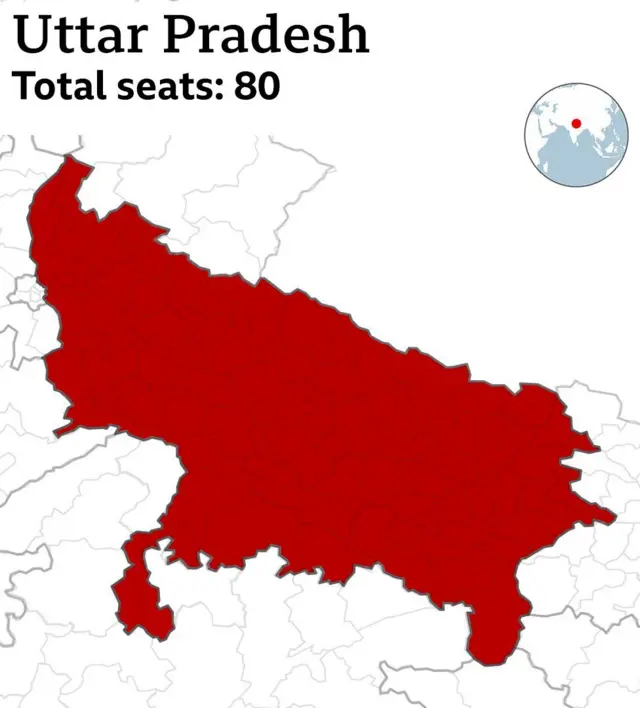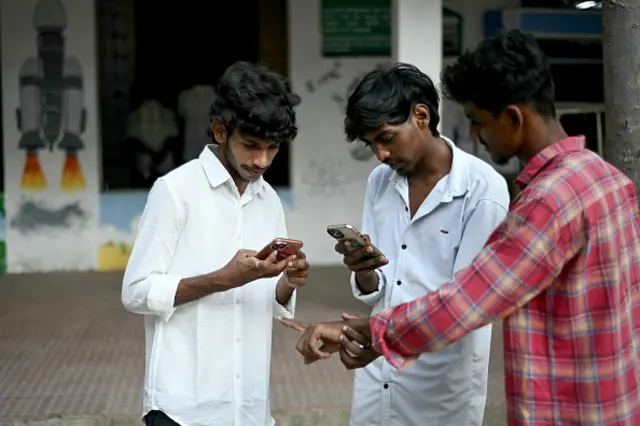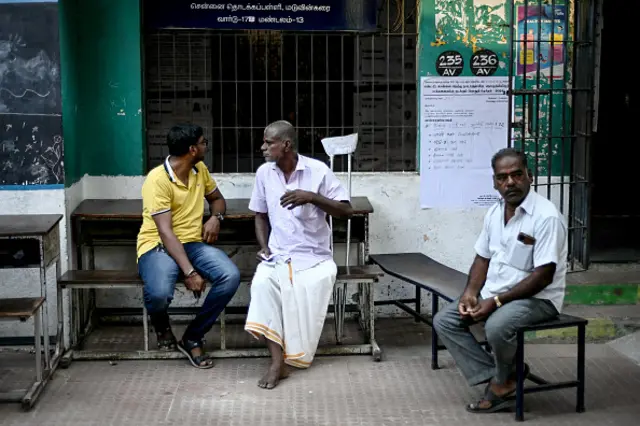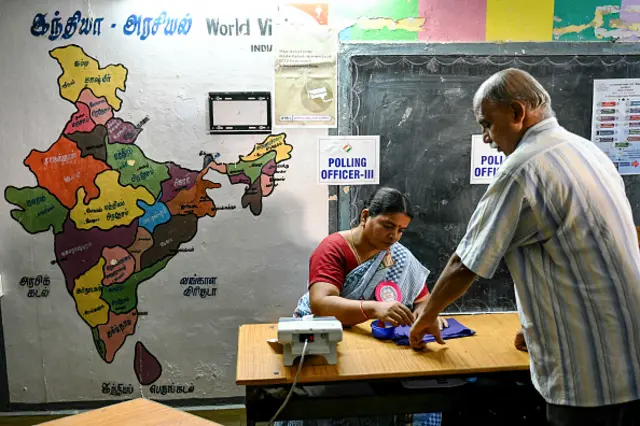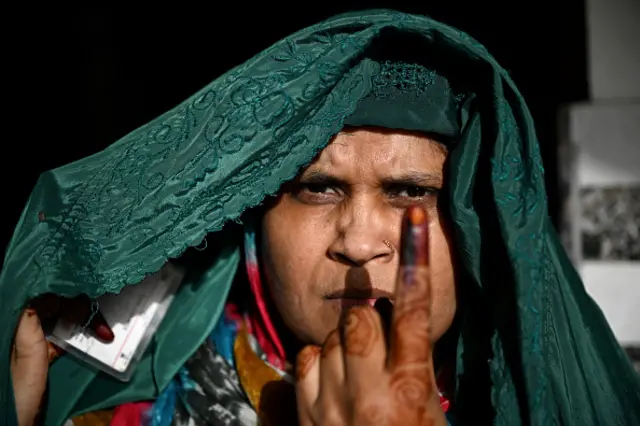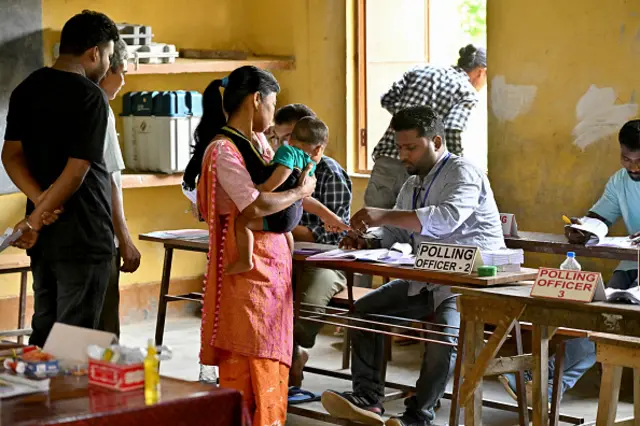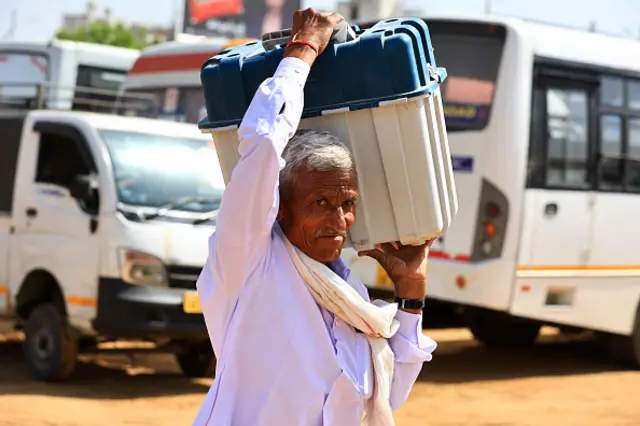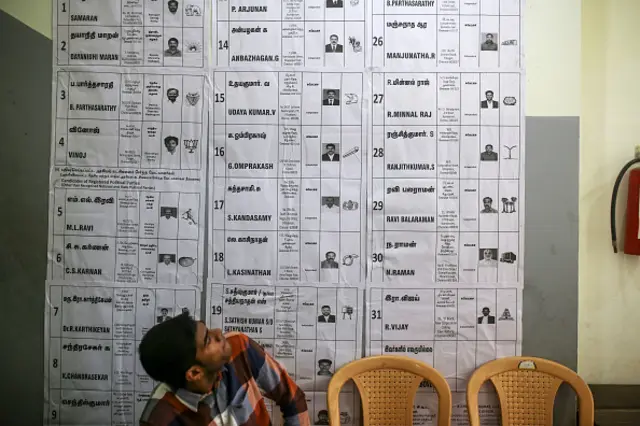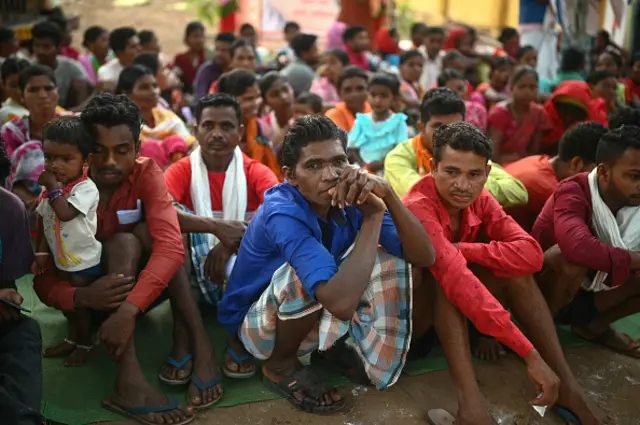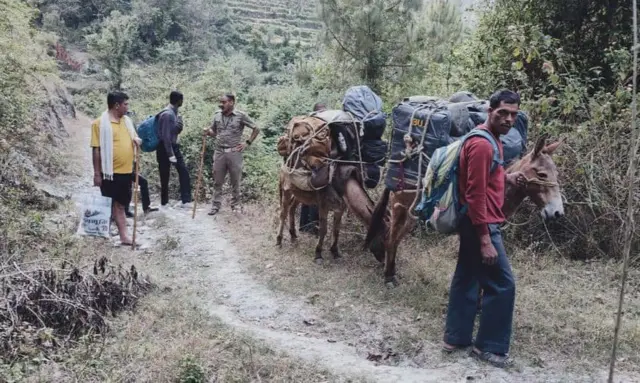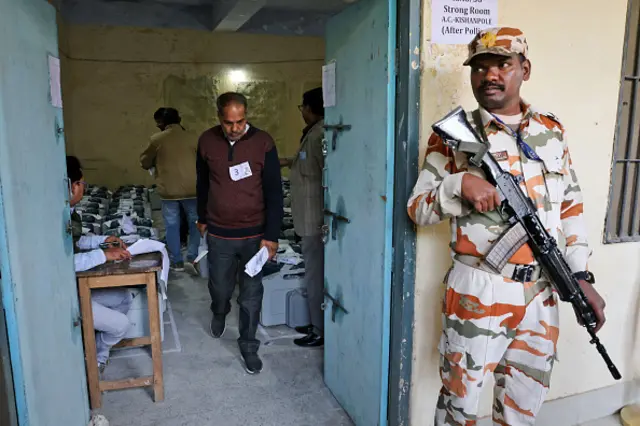The welfare juggernautpublished at 07:15 BST 19 April 2024
 Soutik Biswas
Soutik Biswas
India Correspondent
Since taking office in 2014, Mr Modi has allocated funds for more than 300 federal welfare programmes, with a focus on women and farmers. These include essentials like cooking gas, grain, housing, toilets and financial assistance. Many benefits, including pensions, subsidies, loans and scholarships, are disbursed via cash transfers to bank accounts linked to biometric IDs held by over a billion Indians. Massive posters of Mr Modi promoting these initiatives dot the landscape.
Surveys show voters identify welfare programmes with the ruling parties, external, and that the number of households who are using clean cooking fuel, toilets and women's access to bank accounts have increased since Mr Modi came to power in 2014. Yet, evidence of welfare translating to votes is more mixed. Victories in Indian elections aren't determined by a single factor - caste, demography and religious identity are other key predictors of support for a party.

